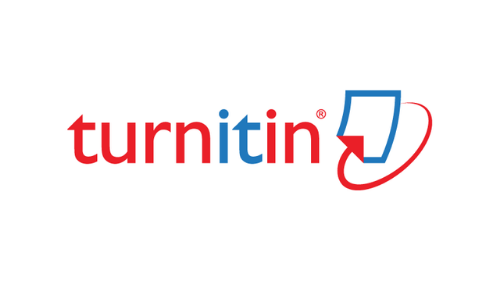PENGEMBANGAN HIJAUAN PAKAN TERNAK UNGGUL UNTUK MENCUKUPI KEBUTUHAN NUTRIEN PAKAN TERNAK RUMINANSIA
Abstract
Ruminant animal feeds can generally be divided into high and low fibrous feeds. High-fiber feeds include grass, legumes, rice straw, stover and cornbread, while low-fiber feed is concentrated. Ruminant livestock feed must be balanced in accordance with the needs of livestock so that livestock can be produced optimally. The minimum nutrient content of ruminant animal feed that must be fulfilled, among others: dry matter (DM), crude protein (CP), total digestible nutrient (TDN), calcium (Ca), and phosphor (P). Odot grass and gamal is a superior forage that needs to be cultivated to meet the nutritional needs of ruminant animal feed. Odot grass is very liked by livestock, while gamal must be wilted before being given by cattle or made silage so that livestock want to eat it. Odot grass contains 13% crude protein, while gamal 22-24%. The use of gamal in ruminant animal feed is about 1% of the live weight of livestock, while grass odot use can be up to 10% of the live weight of livestock. Planting odot grasses and gamal can be done in a plot. The number and area of plots are adjusted to the age of the cut and the amount of grass odot and gamal needed for each day. Planting by plots in order to ensure the availability of grass odot and gamal every day. Odot grass and gamal is harvested in rotation for each day from one plot to another according to its age.





